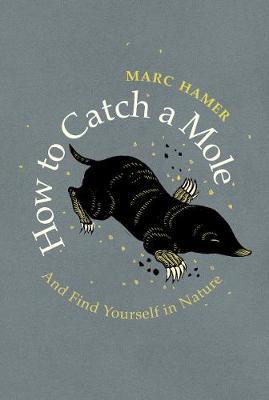What do you think?
Rate this book


256 pages, Hardcover
First published April 4, 2019
How to catch a mole, life as a molecatcher. Written in the season of catching moles, instead of catching moles. I think the only certainty I can give you about this book is that by the end you will know a lot more about moles.
My body is working
my mind is idling
man-shaped, pig-like
I'm snuffling, bent
I've leaving booted footprints
in the crystalline grass
and I want to swim
to hang motionless
alone in a loch
my back tattooed with clouds
with seagulls squeaky
wheeling overhead.
Moles are immensely strong. His massive hands, each of which have two thumbs, are as wide as his head. He has a thick knot of muscle in his neck and shoulders which is as hard as a pebble. I am a working man who lives by the spade and a mole's hands are stronger than mine: a living mole can easily peel my closed fingers apart and escape.
I have heard stories of moles going deep, of a sexton seeing a mole running across the bottom of an empty grave – it's a story that I have heard several times, but never from anyone who has actually seen it. The world runs on fiction.
In quiet moments like this, there is a sense of completeness: nothing else is needed to make them whole and perfect. I start my work, looking down the field. I go quiet inside; the silence seems to pour out, filling any cracks or flaws in the perfection. Once you experience this feeling of simply existing you lose the need to ask why you exist.
I do not know what life is, but I know what it does. Molecatching has been a life that has brought me closer to the nature of my own existence, and what it means. It has allowed me to treat the wild outside as a precious home, instead of something one is cast out into. To feel directly connected to the breath of the air that fuels me, to the soil and the sun and the rain that feed me. It has made me fit and healthy and peaceful. That connection with the earth is now part of every cell of my body, but I need to rest.